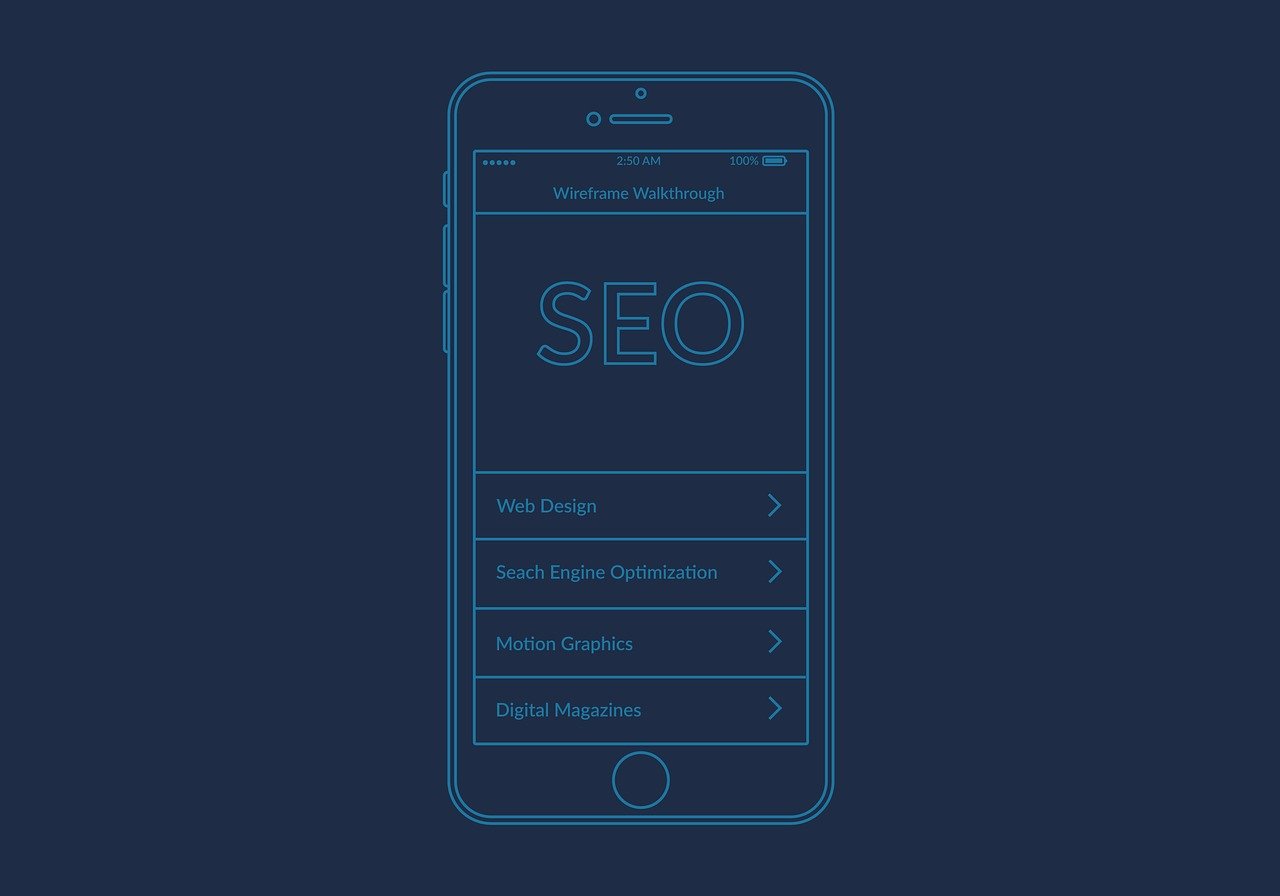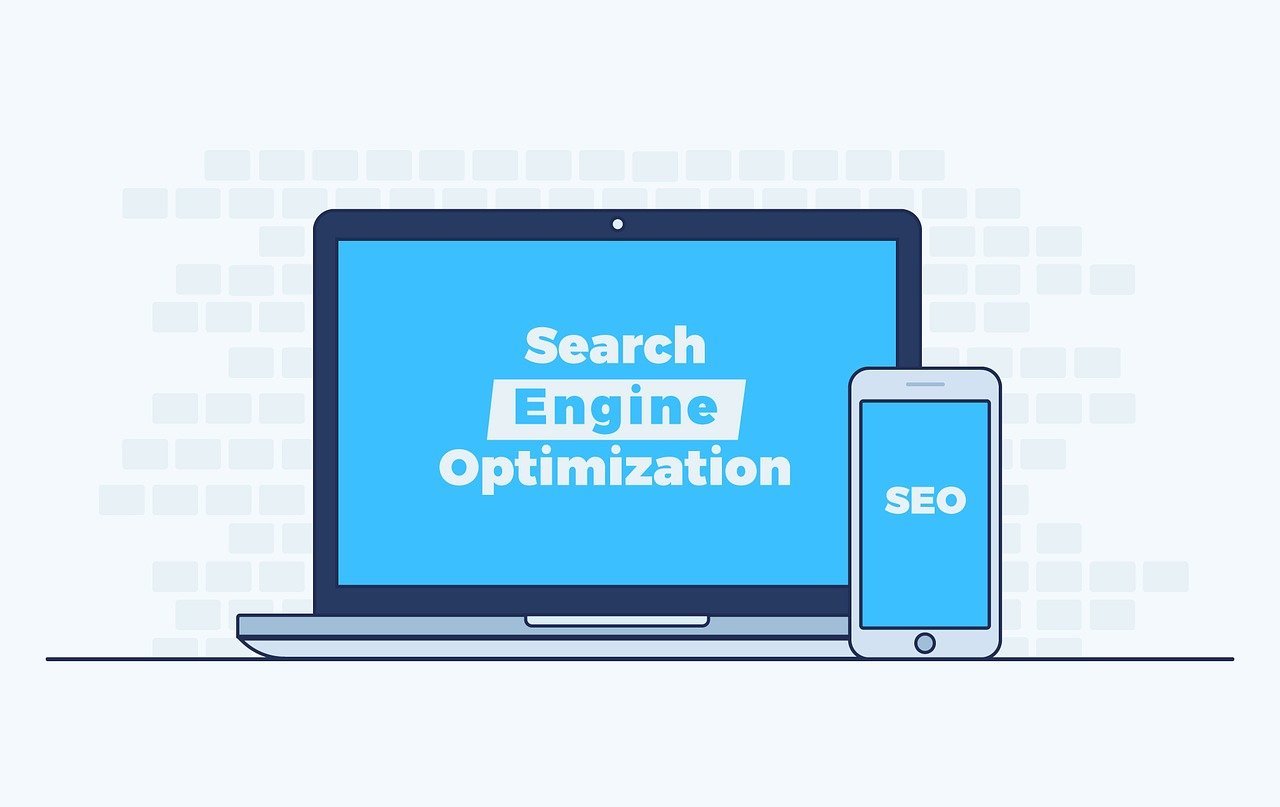Search engine optimization, abbreviated SEO, has become an increasingly important marketing method for companies as many customers’ journeys begin precisely on search engines. Whether they’re searching for services, information, or products, you want to ensure that your business is at the top of the search results for the keywords that are relevant to you and your target audience.
The process of improving search engine rankings is called SEO. Although SEO is very effective when done correctly, this marketing method can be quite complex. There are many aspects to think about and work with, and it can be difficult to keep up to date with the ever-changing landscape.
As you probably know, one of the most important ranking factors in SEO is links. Links act as bridges that connect websites and help search engines assess a website’s authority and relevance. There are several different types of links and among the different types are “nofollow links”. When working with SEO, it is important to understand the different types and in this case, to understand when and why to use nofollow links to optimize a website’s SEO.
Nofollow links are links that contain an HTML attribute called “nofollow.” This attribute is put into the link’s code to signal to the search engines that they should not transfer link power, so-called “link juice” to the linked page. In other words, nofollow links are used as a way of telling the search engines not to see the link as an endorsement of the linked page.
To create a balanced and effective link profile, it is important to know when to use nofollow links. In this article, we will therefore take a closer look at nofollow links and discuss the different scenarios where nofollow links can be useful and how they can help prevent potential negative consequences for a website. Above all, we will discuss when it might make sense to use nofollow tags and when it is not necessary.
What are Nofollow links?
Nofollow links are a specific type of clickable hyperlinks that contain the “nofollow” attribute in their HTML code. This attribute was created to allow website owners to control how search engines follow links on their pages. When a search engine encounters a link with the nofollow attribute, it interprets it as a signal not to transfer any link power to the linked page.
Difference between nofollow and dofollow links
In contrast to nofollow links are dofollow links, which are standard links without any special attributes. Dofollow links allow search engines to follow them and transfer link power to the linked page. Dofollow links are a central part of SEO as they transfer link power to a page and help it strengthen its authority. After all, links continue to be one of the most important ranking factors that search engines use.
Nofollow and dofollow links are used together to create a varied and credible link profile. While dofollow links signal to search engines that a website endorses or recommends the linked page, nofollow links provide the ability to link to resources without necessarily conveying authority or an “endorsement.”
How search engines treat nofollow links
Search engines such as Google treat nofollow links in a special way. Although they do not transfer link power in the traditional sense, search engines use nofollow links to identify and manage spam, as well as to understand the overall context of the site’s link profile. By using nofollow links, one can give a clear signal that certain links should not affect the SEO performance of the linked page.
When Should You Use Nofollow Links?
Now we know what nofollow links are but the most important question that many people wonder about is when these links are relevant to use. This is especially true when building links to your own site and knowing when to use nofollow links is important to creating a healthy and search engine friendly link profile. At the same time, it is also important for your own site to have control over which pages you give link power to. In fact, even pages you link to can affect how search engines view your page.
Spam and link quality
Nofollow links can be good to use when you want to avoid over-optimizing your link profile. Having an excessive amount of dofollow links from low-quality or spammy sites to your site can lead to negative consequences for your SEO. This applies to both backlinks that go to your page and pages that you yourself link to. By using nofollow links on these sites, you can avoid transferring authority to them and thus reduce the risk of being considered a spam site by search engines.
Nofollow links are also useful for user-generated content and comments on your site. A common mistake people make is to leave the links in their comment fields as dofollow. Spammers and bots are very good at finding these pages which can lead to you getting thousands of comments with spam links on your page. This is problematic because it can cause search engines to see your site as a spammy link farm. It is therefore important to use the nofollow attribute on links in the comment section to prevent potentially harmful links and spam.
According to Google guidelines, links in paid content should be tagged with the nofollow attribute or the “sponsored” attribute to avoid transferring link power. By using nofollow on links in ads and sponsored content, you can comply with these guidelines. That being said, the likelihood that search engines will notice anything is low. The most important thing is that you adapt the link type according to context and what is appropriate.
Links from unrelated websites
Nofollow links are useful when publishing content on unrelated websites in some cases. Relevance is often an important part of successful SEO and this also includes when building backlinks to your site. If these are sites that are completely irrelevant to your own site, in some cases it may be appropriate to use the nofollow attribute to avoid an unrelated link profile. However, the important thing is relevance, so you should decide for yourself when it is appropriate and when it is not necessary. All of this can also be applied to when you link to other websites yourself. If the page is completely unrelated to your own, in some cases, it may be appropriate to make the link nofollow.
Being selective with nofollow links can help preserve your site’s credibility. It sends a signal to the search engines that you are aware of link quality and that you strive to maintain a high standard of relevant and meaningful links.
Risks and Benefits of Nofollow Links
Spam and Bot Protection: One of the main benefits of nofollow links is that they can help you protect your site from spam and bots. The most central thing here is to use the nofollow attribute on links in user-generated content and comments to reduce the risk of unwanted links from spam and bots that can thus negatively affect your site’s SEO.
Dealing with malicious links: The nofollow attribute is a good way to deal with potentially malicious links. If a particular link you intend to link to is potentially harmful, spammy, or of low quality, you can use the nofollow attribute to avoid transferring any link power to the linked page and thereby avoid being viewed as spam by search engines.
Prevent over-optimization: Using nofollow links allows you to avoid over-optimization of your link profile. If you only have dofollow links, it can signal to the search engines that you are trying to manipulate your SEO by excessively creating authority. A natural link profile always has a mixture of both dofollow and nofollow links, so even if you actively build links yourself, it is important to have a natural balance between both nofollow and dofollow links. A common mistake that many link builders make is to only use dofollow as these are the ones that have link power. The problem is that this can lead to an unnatural link profile.
Customized usage for specific scenarios: The advantage of nofollow links is that their usage can be customized for specific scenarios. You have full control over when and who will use them on your website. And if you actively build links, you can often ask for nofollow links as well. Using them correctly gives you greater control over your link profile, which in turn can help improve your site’s credibility and rankings.
Risk of loss of authority: Although nofollow links do not transfer link power in the traditional sense, it is important not to overdo their use. An excessive amount of nofollow links can indicate to the search engines that you are trying to manipulate your link profile, which can lead to a loss of authority and negatively affect your site’s ranking and visibility. It is always important to find a balance and make it look as natural as possible.
All in all, you should find a balance between using nofollow links, both on your own page and for your backlinks. The choice of nofollow and dofollow links should be based on a careful assessment of link quality and relevance.
Implementation of Nofollow Links
Technical aspect of adding the nofollow attribute
HTML markup: Using nofollow links means adding the nofollow attribute to the HTML code of the relevant link. This is done by including the attribute in the link element. For example: Link text. This marks the link as nofollow and informs the search engines that no link power, so-called “link juice” should be transferred.
Manual coding vs. CMS settings: You can choose to implement nofollow links manually by directly coding in HTML files or by using CMS (Content Management System) settings. Many CMS, such as WordPress or Drupal offer user-friendly options to add the nofollow attribute without direct manual coding.
Use of rel=nofollow in HTML
Using the rel attribute: In addition to using the simple “nofollow” attribute, you can also use “rel=nofollow” as a more detailed marker. This rel attribute provides additional information to search engines about the relationship between the two pages and that the link should not transfer link power.
Implementation of external links: Nofollow links are especially useful when linking to external websites over which you have no control. By using rel=nofollow, you avoid inadvertently transferring authority to these external sources and reduce the risk of negative impact on your own website.
CMS-specific methods for implementing nofollow
WordPress Plugins: For WordPress sites, there are several plugins available that make it easy to add nofollow attributes to links. These plugins made it very easy to make a link nofollow when publishing.
Drupal modules and other CMS tools: Similar tools and modules are available for other popular CMS platforms. With the help of built-in or third-party tools, you can quickly and easily select nofollow links without having to deal with the source code directly.
Measurement of Efficiency and Results
Just as with all types of SEO strategies, you of course want to measure and evaluate your SEO results in order to adjust your strategy if necessary.
Google Search Console: This is the most used SEO tool and is provided by Google. This SEO tool makes it possible to measure the effectiveness of your links, including nofollow. Search Console can give you better insights into how search engines index and interpret links on your site. Make it a habit to regularly monitor link and search performance reports to gain a better understanding of how nofollow links affect your site’s visibility.
SEO Analytics Tools: There are a variety of third-party tools you can use such as Moz, SEMrush, and Ahrefs that offer in-depth insights into your site’s link profile. The focus of these tools is of course your backlinks and not the links from your site. These tools give you a better overview of your link profile, both nofollow and dofollow. This way, you can better monitor changes over time and analyze how your links affect your site’s authority and ranking compared to competitors.
Ranking Reports: Measuring changes in search engine rankings is important to assess the effectiveness of the nofollow link strategy. You should actively compare ranking data before and after the implementation of nofollow links to assess any improvement or deterioration and adjust your strategy accordingly.
Traffic Analysis: Analyzing your website traffic, both organic and referral traffic is perhaps the most central part of your SEO strategy to see how well you are performing in the search engines. It gives a better picture of how nofollow links affect your ranking and the behavior of users on your site. If you notice increased traffic from relevant sources, it may indicate that nofollow links are being used effectively to attract relevant audiences.
The most important thing about the different SEO tools is that they allow for customization. If you notice that nofollow links are not producing the desired results, consider adjusting your strategy, for example by changing the placement of nofollow links or consider converting some links to dofollow to boost the authority of specific pages.







![76 Tips to Optimize your Website for SEO [Guide]](https://toppdomain.com/wp-content/uploads/2023/12/web-3967926_1280.jpg)